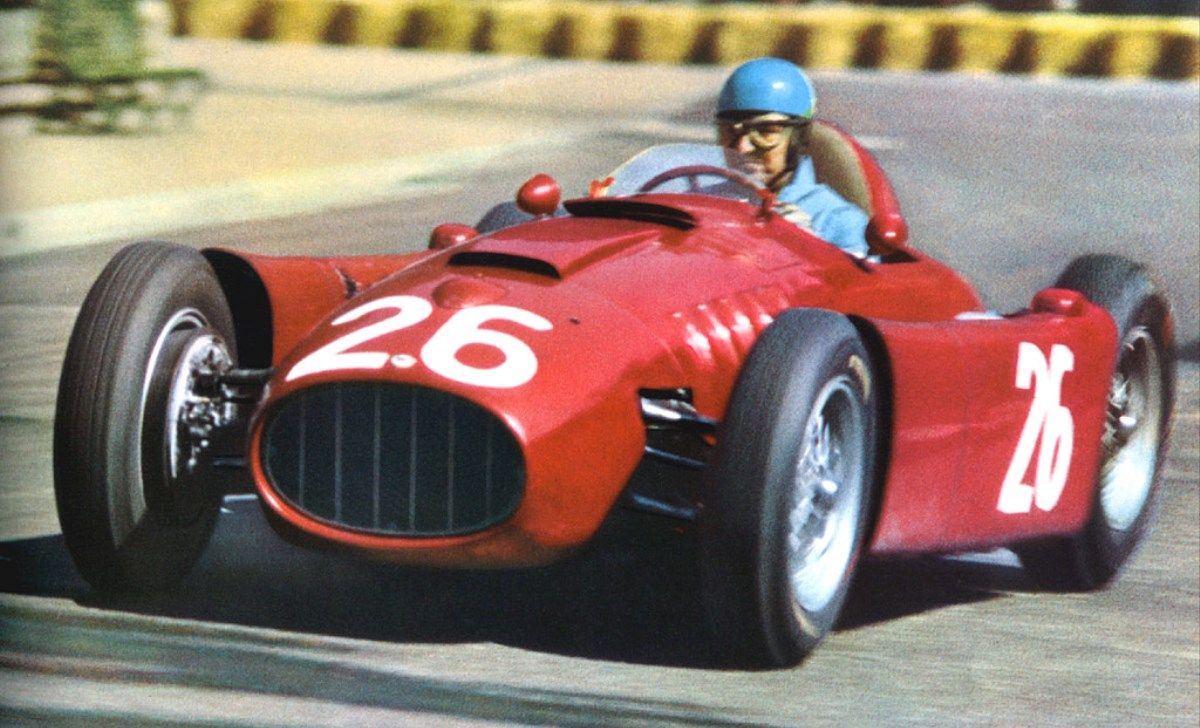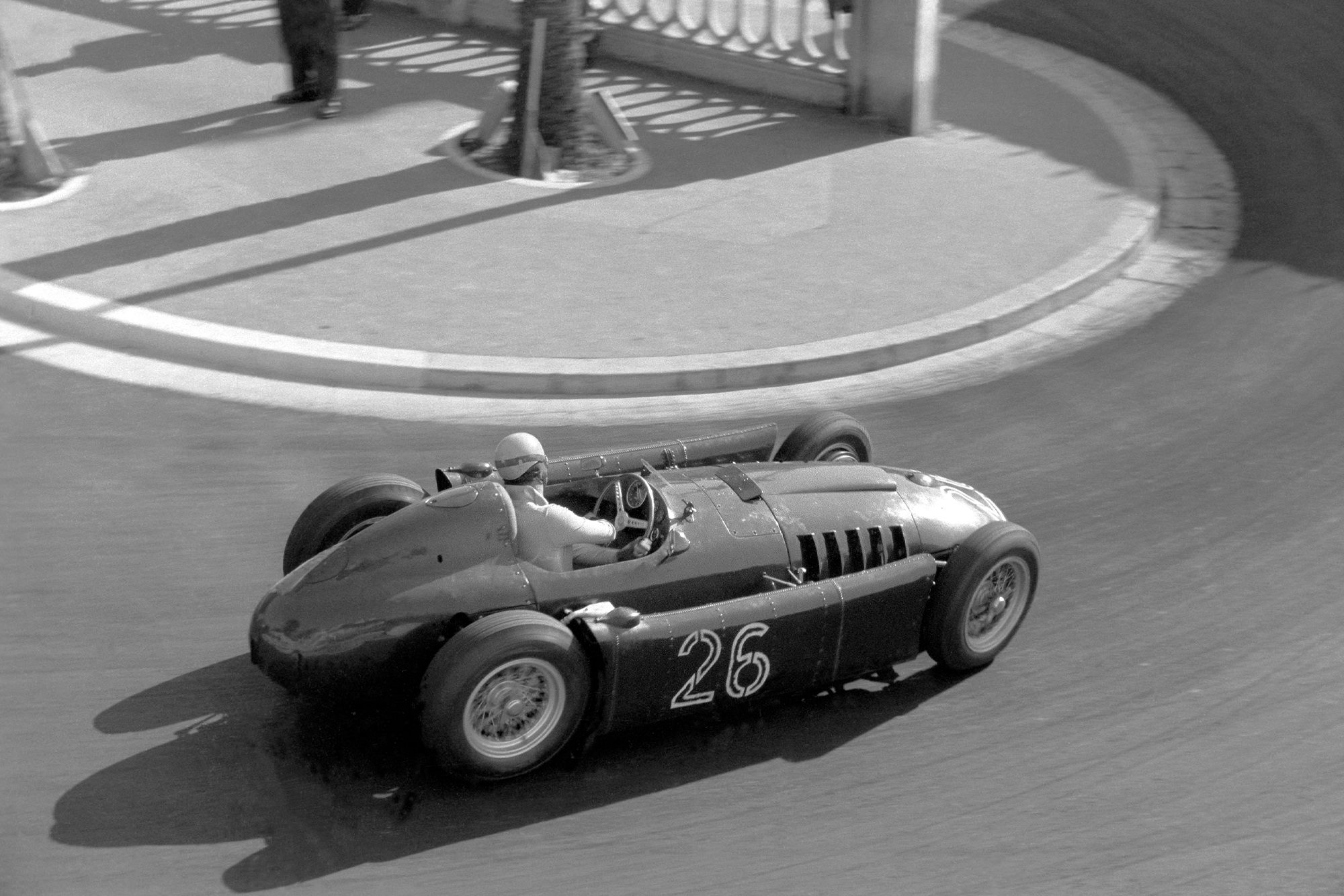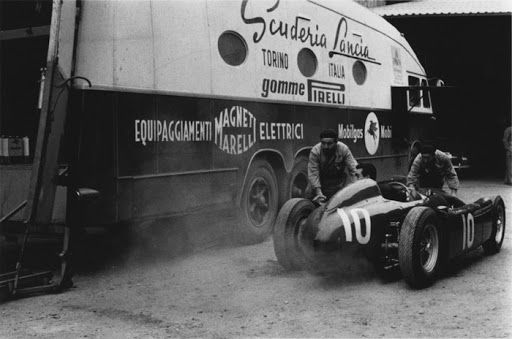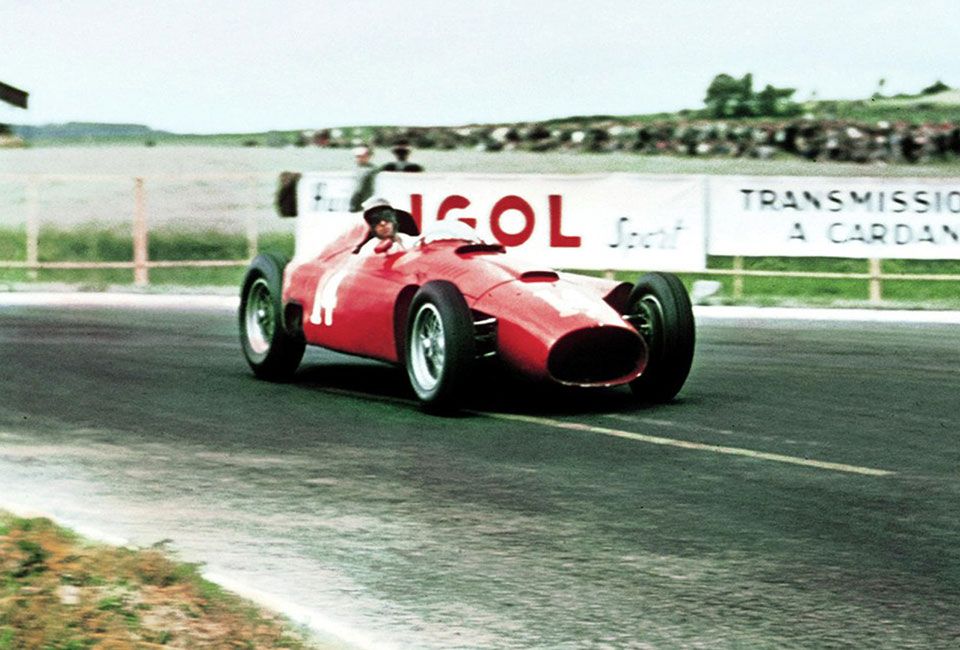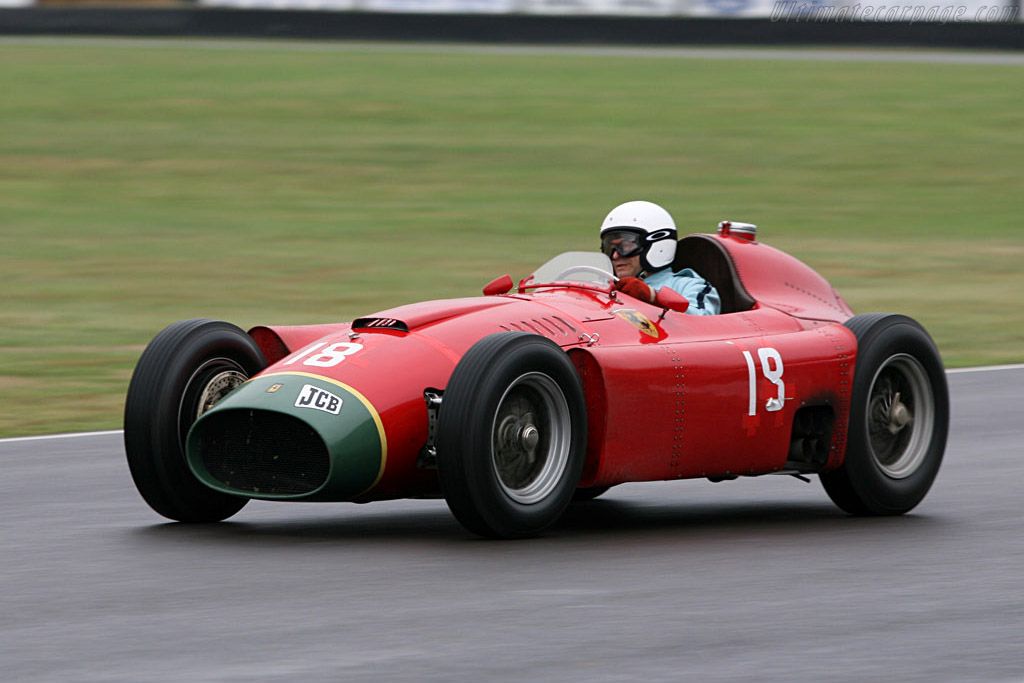When we think of Italian car companies racing in Formula 1, the two we think of most of the time are Ferrari, a team that has competed in over 1,000 Grand Prix, and Maserati. To an extent, we also think of Alfa Romeo. Ferrari, of course, has had the most success, Maserati has won world titles with the likes of Juan-Manuel Fangio and Alfa Romeo are still in the sport thanks to their naming deal with the Sauber F1 team. However, another Italian brand that is pretty famous in the motorsport world has entered Formula 1. No, we don’t mean Haas chassis builders Dallara. We mean Lancia.
Yes, the same Lancia that raced in the World Rally Championship to great success, and was able to beat the might of the four-wheel-drive Audi Quattro in 1983. Lancia's Stratos would also go on to become one of the most dominant cars in the rally championship's history. And in the 1950s, Lancia did indeed enter Formula 1 in the championships early years. You might well think Lancia would do a great job in the sport, after all its rallying exploits were pretty good. Well, it sort of went well. But when the car achieved its best results, it wasn’t even running outright as a Lancia. This is the intriguing story of Lancia in Formula 1.
The Early Days Of Lancia In F1
Lancia first entered in Formula 1 towards the end of the 1954 Formula 1 season, with a car that was dubbed the Lancia D50. They had plenty of ingredients for success as well. Alberto Ascari was the star driver for the team, and the car and its V8 engine was designed by Vittoria Jano, one of the most renowned Formula 1 car designers of the time. So initially, it looked like things would start well. Especially after Ascari took pole position in the cars first race, with a fastest race lap as well. The car sadly failed after ten laps thanks to a broken clutch, but things had started promising.
The car was genuinely fast, as we shall further highlight later. Two non-championship races early in 1955 were won by Ascari, the Valentino and Naples Grand Prix, and Ascari was leading in Monaco that year before he crashed into the harbor. Ascari was then tragically killed testing a Ferrari sports car at Monza four days later, meaning the team had just lost its star signing and best hope for the world championship that year. That though shouldn’t have put the brakes on the Lancia project.
Why Lancia Failed In F1
The answer to the above query is simple. Lancia failed because of a lack of money. Something that plagues Formula 1 teams to this very day, and it is a crying shame that this, coupled with the loss of Ascari, stopped what could have been a pretty incredible success story. Lancia was in serious financial trouble so would not be able to further develop the car, let alone enter it into races and compete for a world title. So there was only one option. Sell off everything from the car, to the spares, and hope it could be made use of.
In the end, Fiat brought the car and its spares, and passed it on to Ferrari. The car would ultimately be driven by Juan-Manuel Fangio with a new name, the Lancia-Ferrari D50. Ferrari were able to develop the car and advance its design, although they did remove some of the cars original innovations that were created by Jano and his team at Lancia. It ultimately was simply called the Ferrari D50, but everyone knew that at the heart of its design, this was in fact a Lancia. But Ferrari certainly made good use of what it had bought.
Making Good Use Of The Lancia
Ferrari did not let the potential of the D50 go to waste. There were no more notable results for the car in 1955 following the death of Ascari and the best was saved until the following year in 1956. With Fangio at the wheel came great success for the car, along with his Ferrari teammates in Luigi Musso and Peter Collins. All three of these drivers won races in this car, with Musso winning a race and Collins winning two. The race win with Musso was shared between himself and Fangio when drivers could swap into their teammate's cars if their own broke down.
Fangio would ultimately go on to win the 1956 Formula 1 World Championship in the former Lancia D50. It was a slightly unusual sight, seeing a Ferrari that was actually a Lancia winning the world title. Not that it would have mattered to Fangio what he drove, and even then, winning for Ferrari and driving a Lancia is a pretty special achievement. The car was then evolved into the Ferrari 801 for 1957, however, they achieved limited success. There were some podium finishes for the cars, but with Fangio gone to Maserati, the former Lancia D50 just could not compete with the might of the Maserati 250Fs. That season would ultimately be won by Fangio in the 250F.
What Might Have Been
It may have only had a short time in Formula 1, but Lancia’s time was certainly interesting. There was certainly fantastic potential for the project, and the success the car had under Ferrari was mighty impressive. In total, the Lancia D50 took 5 wins, 8 pole positions, and 5 fastest laps and entered 14 races overall, 10 of which were for Ferrari. Thankfully, Lancia found its feet again and was able to crush the opposition in the World Rally Championship with the likes of the Stratos and 037. But just imagine what might have been had Lancia had the funding for Formula 1.
Sources: Ferrari, Getty Images, Grand Prix History, The Classic Car Trust, Ultimate Car Page

